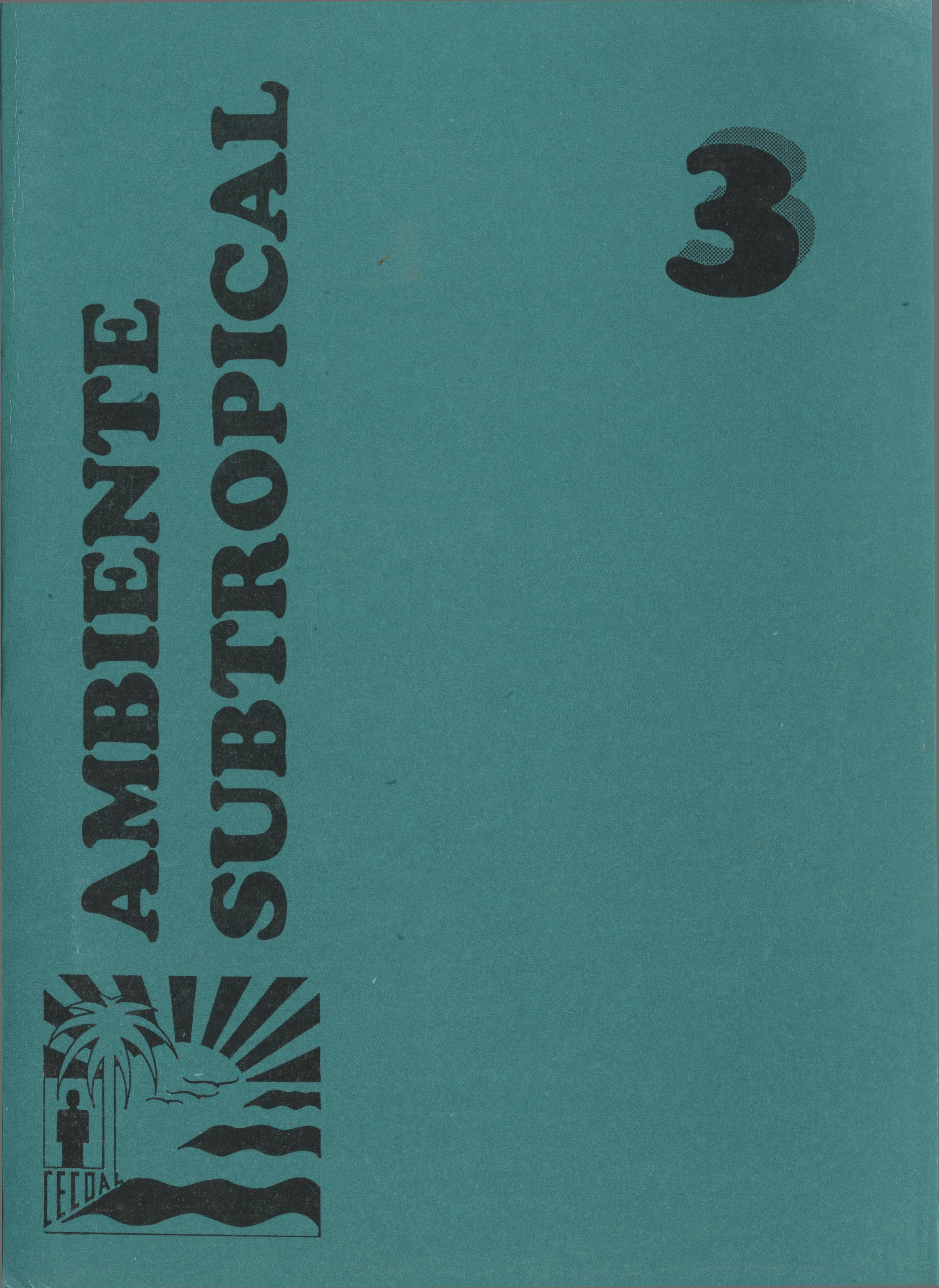Descomposición de la hojarasca en un bosque nativo y en una plantación de Grevillea robusta del Chaco Oriental
Resumen
Litter fall and decomposition were simultaneously studied in a mixed natural forest in an adjacent stands of Grevlllea robusta (22 years oíd), near Makalló City (20*07'S; 59*21’W) where annual rainfall mean is 1100 mm with a humid period at the end of summer and a dry period in winter time.
Simultaneously, a strong seasonality in the litter fall could be recorded by biweekly sampling operations. The annual fine litter fall was estimated in 6.96 tn/ha/yr in a native forest.
The water storage was different in both soil sites as a consequence of a higher density and lower infiltration in Grevillea forest.
Thirty litter bags with 10g of dead leaves, and 30 cellulose bags
were placed in each site in order to estímate the organic matter decomposition. Using the Olson equation, we obtained faster valúes in the natural forest: 173 days for haif-life time, compared with Grevillea forest:750 days for haif-life time. Similar trend could be observed in cellulose decomposition: remaining dry weight of 5 % was found at 220 and 968 days in native and Grevlllea forest, respectívety.
Compiementary.the actívity of microbiota funtional groups were calculated (as cellulotítis, nitrifiers, and soil algae) demónstrate that the biological actívity in the decomposition procesess is mainly related with two key factors: different litter quality and dfferent water budget in the soil surface.
After only two decades of implantad Grevillea forest, the fluxest
and ralease of nutrient and organic matter is quite different.


